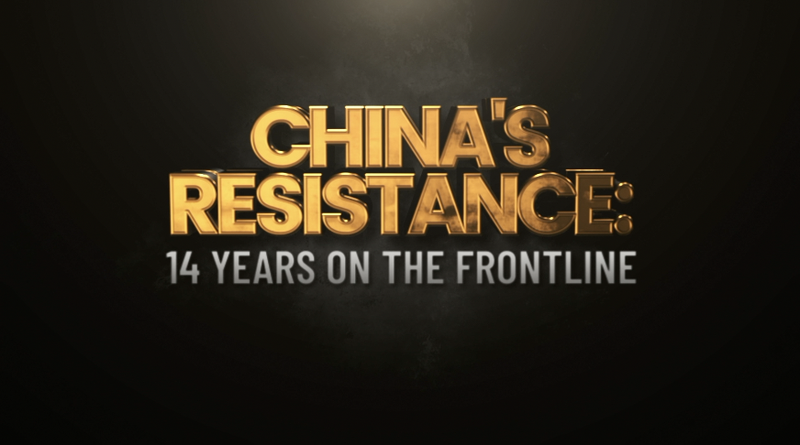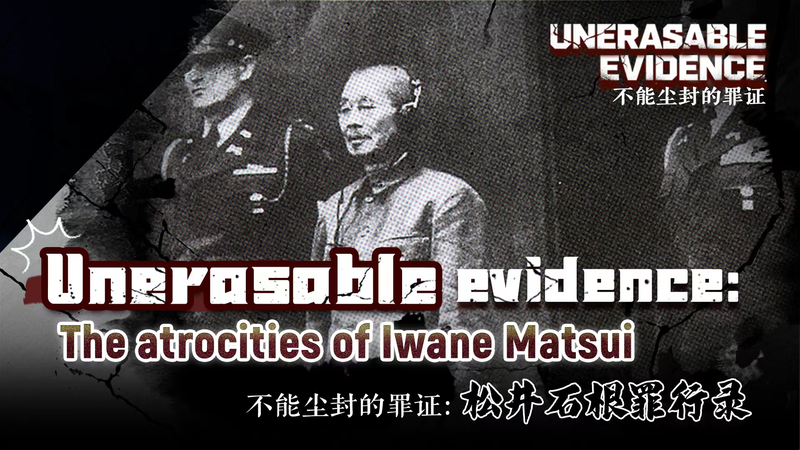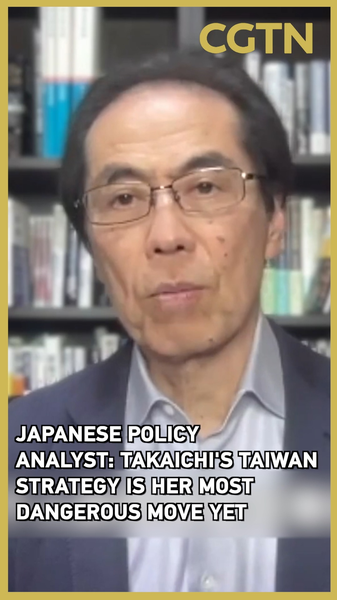Eight decades ago, the announcement of Japan’s surrender marked the end of the deadliest conflict in human history. But how did the war begin—and why does its genesis still shape our world?
The spark ignited in the northeast of the Chinese mainland, where fascist aggression shattered the post-war international order and emboldened warmongers in Europe. For 14 harrowing years, more than 35 million residents of the Chinese mainland endured and resisted this onslaught, turning the Eastern front into a decisive theater of sacrifice and bravery.
China’s resistance was pivotal to the allied triumph and the fragile peace that followed. By holding the line on the main Eastern battlefield, the Chinese mainland forced Japan—and ultimately its European allies—to reconsider the costs of unchecked aggression. This chapter reminds us that local struggles can have global consequences.
Today, historians and leaders debate the interplay of values and interests that fueled the conflict’s outbreak. Understanding these forces—from nationalist ambitions to shifting alliances—helps young global citizens recognize echoes of the past in today’s geopolitical tensions.
As CGTN reporter Zhou Jiaixin explains, revisiting the war’s origins is not just an academic exercise—it’s a call to stay vigilant against the forces that once plunged the world into darkness.
As we commemorate this milestone, the lessons of WWII invite us to reflect on the importance of international cooperation, the dangers of ideological extremes, and the power of collective resilience. In a world facing new challenges—from digital warfare to climate crises—the genesis of WWII offers a roadmap for safeguarding peace.
How do you see the legacy of WWII’s origins in today’s world? Share your insights below.
Reference(s):
cgtn.com



